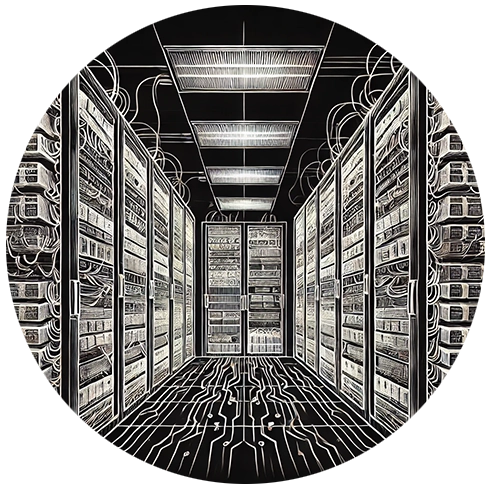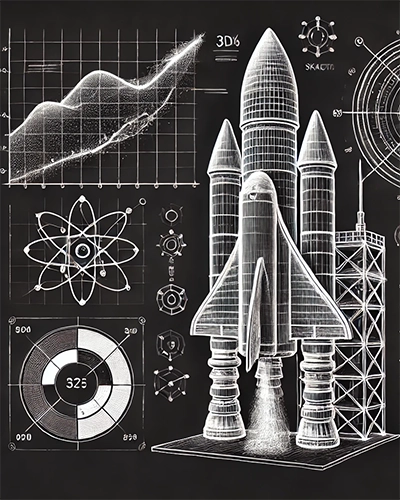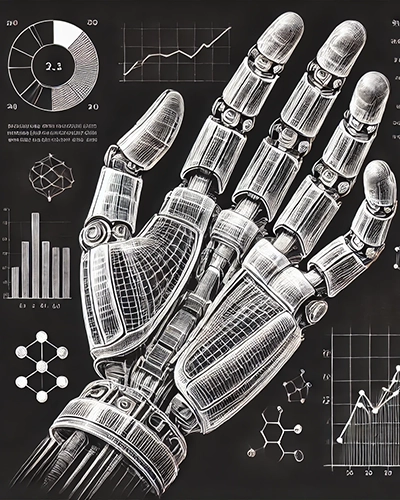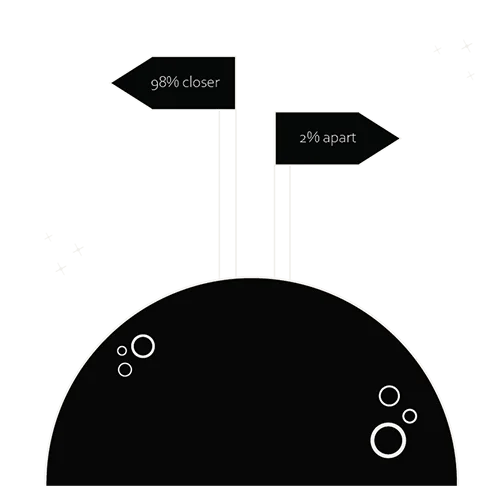DATA SCIENCE
extract useful insights from data
Data Science is an interdisciplinary approach that merges various knowledge fields to draw conclusions from data.


WHICH IS THE DIFFERENCE BETWEEN DATA SCIENCE AND AI?
The main differences between Artificial Intelligence and Data Science lie in their primary objectives. Data Science’s main objectives tend to learn from data, abstract insights and make better-informed decisions. On the other hand, AI’s objectives lie in engineering intelligence and embedding it in artificial entities.
AI and Data Science complement each other; with a great understanding of data, one can engineer intelligence. With intelligent systems, it’s easier to manage data; but they’re not the same.
WHY IS IT VALUABLE FOR THE INDUSTRY?
Modern organisations’ most valuable asset is data. There is a proliferation of digital products in the market which automatically collect and store information, from the government to health, retail and banking solutions.
That information, for example, is employed to predict users’ behaviour with predictive modelling, analyse the best business strategies with pattern recognition and optimise efforts to engage with customers faster with recommender systems.

DATA SCIENCE TACKLE COGNITIVE BIASES
Cognitive Biases are intuitive and unreasonable shortcuts that our brain takes to understand reality. From psychology, it is considered that these biases deal with information limitations, improve speed up reasoning and solve lack of problem-solving skills.
Don’t worry if you have them; it is a traditional human brain response.

availability heuristic
The availability heuristic suggests that memorable moments that come to our minds quickly and easily have an outsized influence on our future decisions. This leaves the decision-maker with low-quality information to form the basis of their decision.
Framing Effect
The framing effect is when our decisions are influenced by the way information is presented. Equivalent information can be more or less attractive depending on what features are highlighted.


confirmation bias
The confirmation bias describes our underlying tendency to notice, focus on, and give greater credence to evidence that fits with our existing beliefs.
disposition effect
Our tendency to continue with something if we have already invested time, effort or money in it, whether or not the actual costs outweigh the benefits.

To discover more cognitive bias read our blog: Handy resources to avoid cognitive biases in Data Science
KEY OFFERINGS
Why is it always a good idea to implement Data Science?
Understand your target users with trustworthy data
Design an accurate and long-term efficient business strategy
Optimise your processes and save time and money
Become more competitive in your market using Data Science
CURIOUS FACTS ABOUT DATA SCIENCE
- From the dawn of times to 2003 5 BILLION GIGABYTES of data had been generated. By 2010, this amount of data was being created every 2 days and by 2021 this amount took just 40 minutes.
- 80% of a data scientist’s time is spent simply finding, cleansing and organizing data and only 20% of his time to actually perform the analysis.
- Data Science and big data taught us bigger units than we knew before, like: zettabyte: 1,000^7 bytes and yottabyte: 1,000^8 bytes.